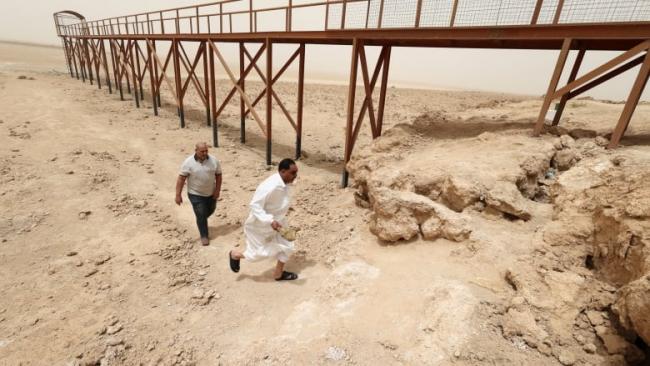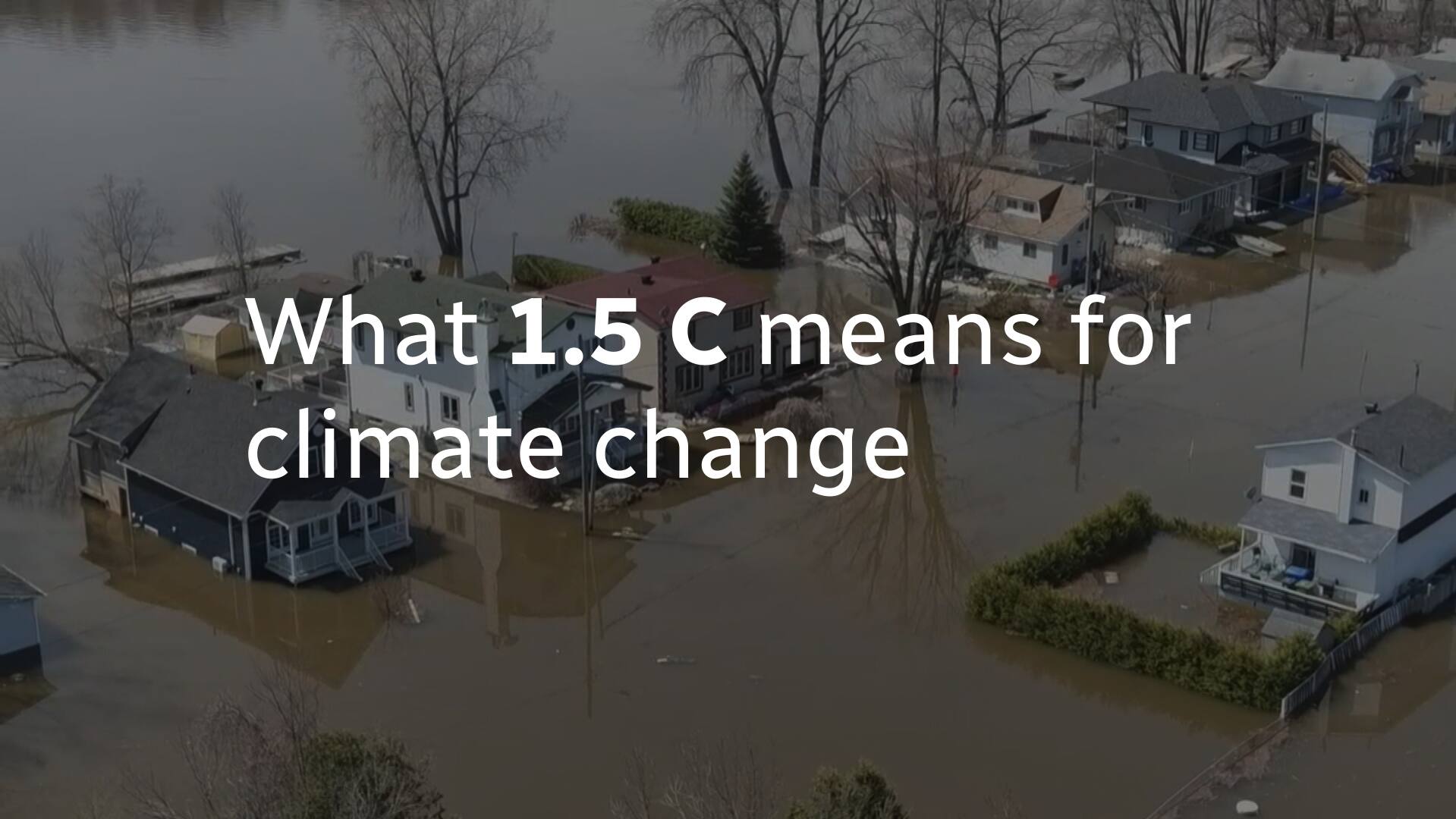Articles Menu

May 10, 2022
The world faces a 50 per cent chance of warming 1.5 degrees C above pre-industrial levels, if only briefly, by 2026, the World Meteorological Organization (WMO) said on Monday.
That does not mean the world would be crossing the long-term warming threshold of 1.5 C, which scientists have set as the ceiling for avoiding catastrophic climate change.
But a year of warming at 1.5 C could offer a taste of what crossing that long-term threshold would be like.
"We are getting measurably closer to temporarily reaching the lower target of the Paris Agreement," said WMO Secretary General Petteri Taalas, referring to climate accords adopted in 2015.
The likelihood of exceeding 1.5 C for a short period has been rising since 2015, with scientists in 2020 estimating a 20 per cent chance and revising that last year up to 40 per cent. Even one year at 1.5 C of warming can have dire impacts, such as killing many of the world's coral reefs and shrinking Arctic sea ice cover.

In terms of the long-term average, the average global temperature is now about 1.1 C warmer than the pre-industrial average.
"Loss and damage associated with, or exacerbated by, climate change is already occurring, some of it likely irreversible for the foreseeable future," said Maxx Dilley, deputy director of climate at the WMO.
World leaders pledged under the 2015 Paris Agreement to prevent crossing the long-term 1.5 C threshold — measured as a multi-decadal average — but so far have fallen short on cutting climate-warming emissions. Today's activities and current policies have the world on track to warm by about 3.2 C by the end of the century.
"It's important to remember that once we hit 1.5 C, the lack of science-based emissions policies mean that we will suffer worsening impacts as we approach 1.6 C, 1.7 C and every increment of warming thereafter," said Kim Cobb, a climate scientist at the Georgia Institute of Technology in Atlanta.
[Top photo: Iraqis visit an area near the pond remaining of Sawa Lake, due to climate change-induced drought, in Samawa city, Iraq, on May 1. The WMO says there's a 50 per cent chance the world will hit 1.5 C of warming temporarily by 2026. (Alaa Al-Marjani/Reuters)]